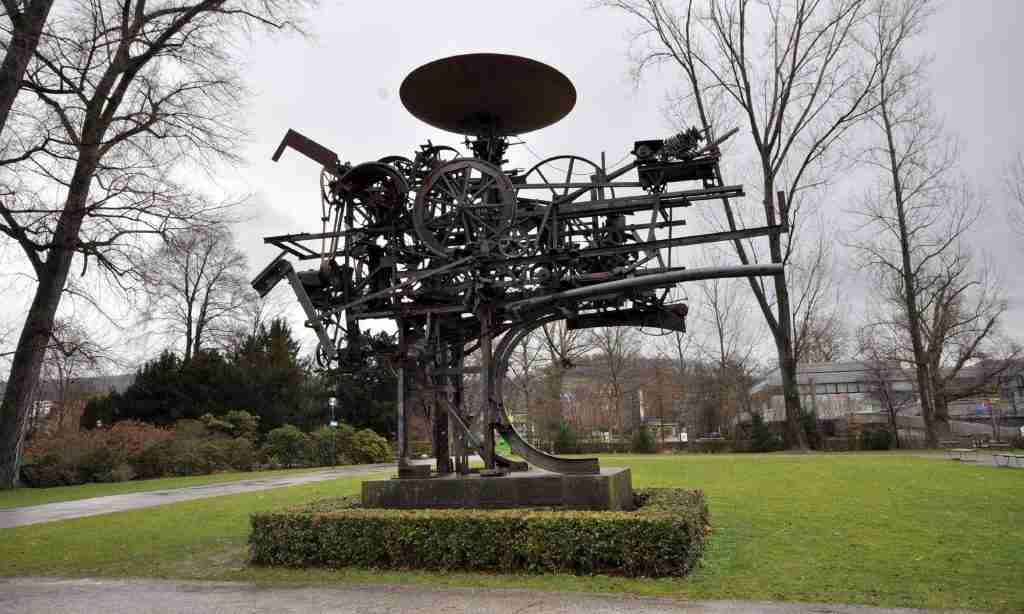Defining Breakthroughs and Their Significance
Breakthroughs are pivotal moments characterized by significant advancements that alter existing paradigms across various domains, including science, technology, and personal development. These transformative achievements are often marked by innovative solutions, enabling individuals and industries to overcome longstanding challenges. In this context, a breakthrough can be defined as a notable progress that leads to a substantial shift in understanding or capability, ultimately catalyzing change.
In the realm of science, breakthroughs have consistently reshaped our comprehension of the natural world. For example, the discovery of penicillin by Alexander Fleming in 1928 revolutionized medicine, significantly reducing mortality rates from bacterial infections. Similarly, the development of the theory of relativity by Albert Einstein in the early 20th century challenged conventional notions of space and time, establishing a foundation for modern physics. These examples underscore how scientific breakthroughs can lead to advancements that influence entire fields and improve society’s overall well-being.
Technological breakthroughs, on the other hand, manifest in the development of innovative tools and applications that enhance human capabilities. The advent of the internet is a salient example, as it has transformed communication, information dissemination, and commerce on a global scale. Moreover, the proliferation of smartphones has fundamentally changed the way people interact with technology and each other. These innovations demonstrate the importance of technological breakthroughs in creating new industries and reshaping consumer behavior.
Breakthroughs also extend to personal achievement, marking critical milestones in an individual’s journey toward self-improvement or success. Whether it involves overcoming personal obstacles or achieving long-held ambitions, such moments of clarity and achievement inspire others and foster a culture of aspiration. Historical examples, like Thomas Edison’s relentless pursuit of the electric light bulb, illustrate how individual breakthroughs can lead to societal progress and inspire future innovators. The significance of breakthroughs lies in their power to drive change, inspire innovation, and reshape the fabric of society.
The Role of Disruptive Innovations
Disruptive Innovations represent a significant paradigm shift within various industries, fundamentally altering market dynamics and consumer expectations. Unlike incremental innovations, which involve gradual improvements to existing products or services, disruptive innovations introduce groundbreaking changes that redefine the framework within which businesses operate. These innovations often emerge at the fringes of the market, targeting segments overlooked by established players.
Disruptive innovations create new markets or reshape existing ones, often by introducing lower-performance products or services that meet the needs of underserved consumers. Over time, these innovations improve and surpass traditional offerings, causing established companies to lose market share. Smartphones exemplify this shift – once seen as less capable than traditional mobile devices, they quickly evolved to dominate telecommunications, changing how people communicate, access information, and interact with technology.
Streaming services offer another case of disruption. Initially alternatives to cable television, they transformed media consumption by providing flexibility and convenience, prompting broadcasters to rethink their content strategies. Their success has led to an industry-wide shift, with traditional media companies launching their own streaming platforms to stay competitive.
However, disruptive innovations present challenges. Established companies struggle to adapt due to legacy systems, entrenched practices, and resistance to change. Businesses must remain open to transformation and responsive to shifting consumer demands to stay competitive. Understanding these dynamics is crucial for companies navigating an evolving market landscape.
The Heureka Moment: Inspiration Behind Breakthroughs
The concept of the Heureka moment denotes a sudden realization or a significant breakthrough in thought, often leading to substantial advancements in various fields. These moments are characterized by clarity and insight, frequently emerging when least expected. They serve as pivotal turning points, catalyzing innovation and shaping the trajectory of numerous disciplines. Understanding the factors that contribute to these insightful instances is crucial in appreciating their role in the innovation process.
Psychologically, a Heureka moment can arise from a combination of inherent creativity and environmental stimuli. Conditions conducive to idea generation, such as an open mindset, a relaxed environment, or engaging in unrelated activities, can trigger these flashes of inspiration. For instance, numerous inventors and scientists have reported experiencing significant breakthroughs during mundane tasks or while working in nature, suggesting that mental disengagement from the problem at hand can sometimes yield unexpected solutions.
The interplay between conscious thought and subconscious processing also signifies the complexity of these moments. As individuals ponder challenges, their minds may continue to work on the solutions subconsciously, leading to serendipitous insights. This aspect underscores the significance of nurturing creativity and allowing mental space for ideas to incubate. Historical examples of such moments include Archimedes, who supposedly shouted ‘Heureka!’ upon discovering a method to determine the purity of gold, and Sir Isaac Newton, who conceptualized the law of gravitation after observing an apple fall. Both instances highlight how simple observations can evolve into groundbreaking theories.
In essence, the Heureka moment embodies the unpredictable nature of inspiration. By fostering creative thinking and creating environments that encourage exploration, individuals and organizations can better harness the potential these transformative insights offer, leading to tangible breakthroughs in innovation.
Fostering an Environment for Breakthroughs
Creating an environment that nurtures breakthroughs requires a strategic approach, especially in an era where disruptive innovations reshape industries and society. Organizations must prioritize fostering creative thinking among their teams. One effective way to achieve this is through brainstorming sessions, where diverse perspectives are encouraged. Creating an atmosphere that validates all ideas, regardless of how unconventional they may appear, is vital. This will help individuals feel free to express their thoughts without the fear of judgment, ultimately facilitating more innovative solutions.
Embracing failure as a valuable learning tool is equally important in cultivating an innovative environment. When organizations normalize discussions around failures and view them as opportunities for growth, they create a supportive culture that promotes risk-taking. Acknowledging that every failed attempt is a step toward a successful breakthrough can significantly boost team morale and encourage individuals to pursue transformative ideas.
Collaboration is another cornerstone of a breakthrough-oriented culture. By bringing together diverse teams with varying expertise and backgrounds, organizations can harness a wide range of insights and skills. This blend of perspectives often leads to innovative solutions that would not arise within homogeneous groups. Regular interdisciplinary workshops and team-building activities can enhance cohesiveness while driving creative collaborations.
Investing in research and development (R&D) is essential to sustaining innovation. Allocating resources toward exploring new technologies, methodologies, and ideas ensures that organizations remain at the forefront of their industries. Additionally, establishing a clear innovation framework – outlining processes for idea generation, evaluation, and implementation – further supports the systematic pursuit of breakthroughs.
Ultimately, organizations should cultivate a culture that celebrates innovation and creativity. Encouraging experimentation, providing resources for professional development, and recognizing individual contributions to innovation can significantly increase engagement. By implementing these strategies comprehensively, both individuals and organizations can position themselves to unlock future breakthroughs and maintain a competitive edge.
What’s More
The posts in My Blog feature reflective, story-driven pieces rooted in personal and societal insights.
The topics in My Interests explore abstract, philosophical ideas and their cultural and societal impact.
👁️ 7,519 Views


















